The main goal of static gasket materials used in flange assemblies is to assure the required level of tightness. In order to fulfill this requirement, especially at elevated temperatures, the correct gasket material has to be selected together with the best installation procedure in order to obtain sufficient compression on the gasket and sufficient deformation of the gasket in order to adapt to the flange surfaces, making sure to compensate for any irregularities.
In addition to these requirements, technicians typically demand that the gasket should be easily removed from the flange surface during maintenance operations, without destroying or damaging the gasket, and with no remaining debris sticking to the flanges.
Figure 1 above shows incorrectly selected gasket material after removal from the flange.
WHY DOES GASKET MATERIAL STICK TO THE FLANGE SURFACES?
The rubber binders used in fiber gaskets are acting as visco-elastic materials that tend to flow at elevated temperatures and surface pressures. As the binders ‘wet out’ and make direct contact with the metallic surface of the flange, chemical adhesion, mechanical interlocking, and other modes of adhesion come into play.
WHY USE ANTI-STICK COATING?
Removing gaskets from the flange connection can be a tedious and labor-intensive task which can result in flange surface damage or damage to the equipment (i.e. when using a hammer and chisel to remove a gasket from the flange surface). The amount of time spent on cleaning flanges can be significant, and in many cases, the plant must remain off-line while the gaskets are being removed, creating a loss of valuable production time. It has an important impact on maintenance costs and plant efficiency. To avoid these problems, use gasket materials with a proper anti-stick coating.
HOW TO SELECT THE RIGHT ANTI-STICK COATING
It is well known that PTFE, silicone and graphite are excellent anti-stick coatings. However the problem with these coatings is that they cause a reduction of the friction coefficient between the gasket and flange surface in radial direction. This effect results in a decrease of thermo-mechanical properties of the gasket material. It can also lead to the reduction of gasket life time in the flange assembly or to the destruction of the gasket during assembly or in the first heating-up cycle. Therefore it is recommended to use an anti-stick coating which allows easy removal of the used gasket from the flange surfaces and at the same time maintaining its thermo-mechanical properties.
TESTING ANTI-STICK COATINGS
Friction Test
Measuring normal and shear force, with the device shown on Figure 2, we can obtain the value of friction coefficient. With a lower value of friction coefficient, the material is more prone to creep and extrusion even during assembly at room temperature.
Figure 3 shows results of a friction coefficient test. Friction coefficients between gasket material with different anti-stick coatings and flange surface are shown in Figure 4.
Conclusion: 4AS anti-stick coating has negligible effect on the friction coefficient.
Hot Compression Test
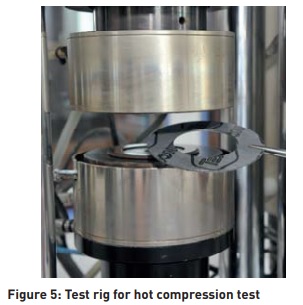 Resistance of gasket material treated with different anti-stick coatings on temperature under constant surface load is obtained with a hot compression test. The test rig is shown in Figure 5. From the graph (Figure 6) it is evident that the gasket with 4AS anti-stick coating offers the highest resistance under hot compression, while the silicone coated gasket performs very poorly.
Resistance of gasket material treated with different anti-stick coatings on temperature under constant surface load is obtained with a hot compression test. The test rig is shown in Figure 5. From the graph (Figure 6) it is evident that the gasket with 4AS anti-stick coating offers the highest resistance under hot compression, while the silicone coated gasket performs very poorly.
From the results of hot compression test (Figure 7) can be seen that gasket with silicone coating will be crushed at 50 MPa and at 80 °C, while gasket with 4AS at 50 MPa remains still intact at 170 °C. The thermo-mechanical properties are a little bit lower in comparison with the material without anti-stick coating but otherwise still sufficient.
Figure 8 shows a visual comparison between gaskets coated with silicone and 4AS. The gaskets were compressed with surface pressure of 50 MPa and exposed to temperature of 170 °C.
Stress-Strain Test
Stress-strain test shows resistance of gasket material against surface load under constant temperature. Stress-strain tests were done for gaskets treated with different anti-stick coatings at room temperature, 100 °C, and 200 °C (Figures 9, 10, 11).
Figure 12 shows the load capacity of gasket material with differently treated surfaces at room temperature, 100 °C, and 200 °C. The 4AS gasket material offers the best mechanical resistance through all temperature ranges compared with 2AS, PTFE, and silicone coatings.
Anti-Stick Test
With anti-stick test we determine the force required for flange separation from the gasket. In Figure 13 we can see anti-stick tests results for gaskets with different anti-stick coatings.
4AS anti-stick coating offers very low separation force while maintaining its thermo-mechanical properties compared to silicone or PTFE coating.
Furthermore, with this test we can try to remove the gasket from the bottom flange. The state of the gasket after removal depends on how strongly the gasket sticks to the flange surface. Figure 15 shows the state of the flange surfaces and the gasket after removal. The gasket was without anti-stick coating. Because the gasket stuck to the flange surfaces, the chisel was used to remove it. The gasket was damaged during removal and some remains were still on the flange surfaces.
Figure 16 shows the flange surfaces and gasket after removal of gasket with 2AS anti-stick coating. Gasket could be removed in one piece with minor damage on the outer edge. There was only slight residue on the flange surfaces.
When removing gasket with 4AS anti-stick coating (Figure 17) there is no trace or remaining debris on the flange surfaces.
Gasket could be easily removed in one piece without any damage to the gasket.
Why Use 4AS Gasket Material?
4AS Gasket Material is a specially designed anti-stick coating which meets all requirements of good sealing performance and maintenance practice. It does not affect thermo-mechanical and sealing properties of the gasket material and it enables easy removal from flange surfaces during maintenance operation.
The quality of 4AS is achieved by a special selection and combination of ingredients in combination with a special process for applying this coating to the sheet material surface. This requires the knowledge of the interrelations between the surface properties and functional characteristics of the gasket material. Intensive research has been performed to determine the influence of the composition of anti-stick coatings with regard to the adhesion on metal surfaces and in relation to functional characteristics of sealing materials.
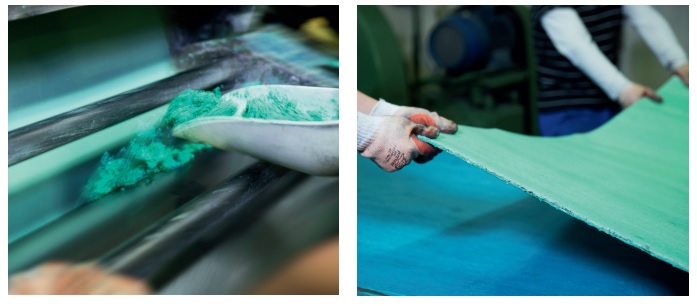 Learn more about gasket materials and industrial sealing solutions from DONIT.
Learn more about gasket materials and industrial sealing solutions from DONIT.


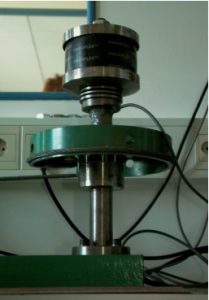
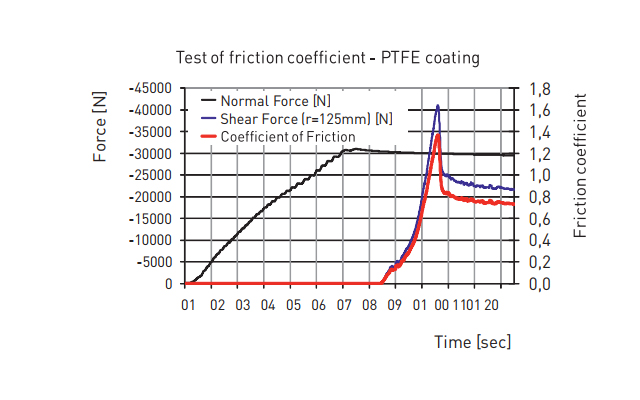
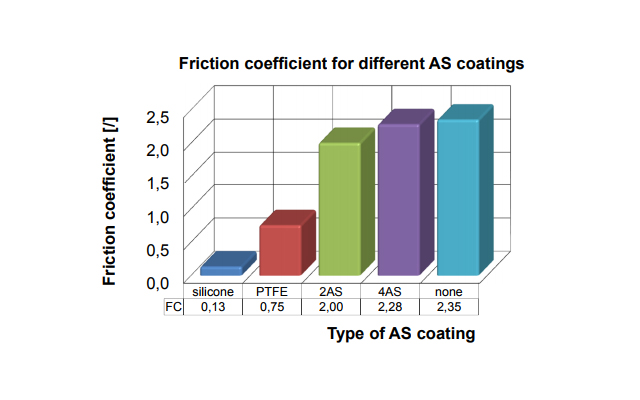
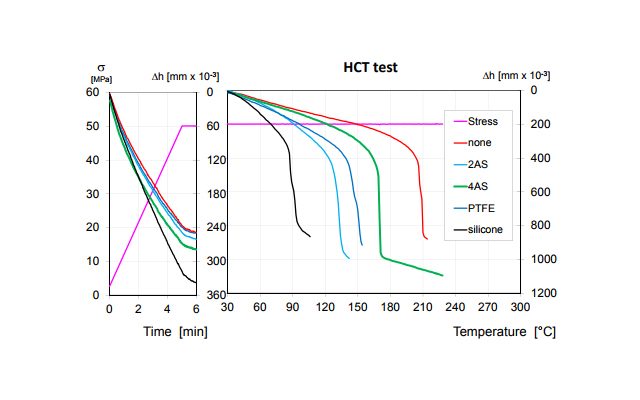
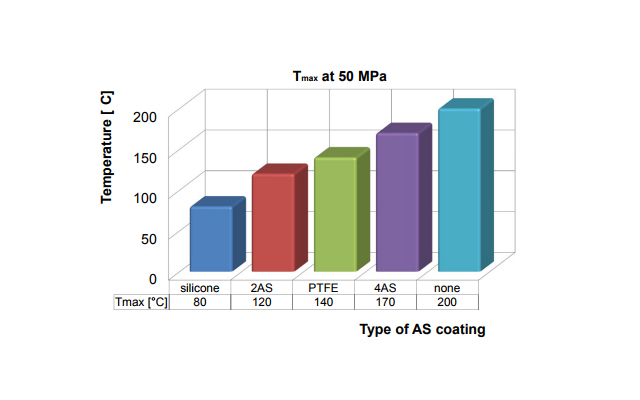

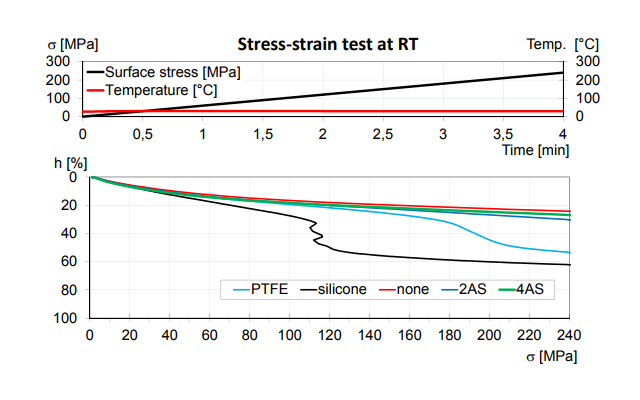
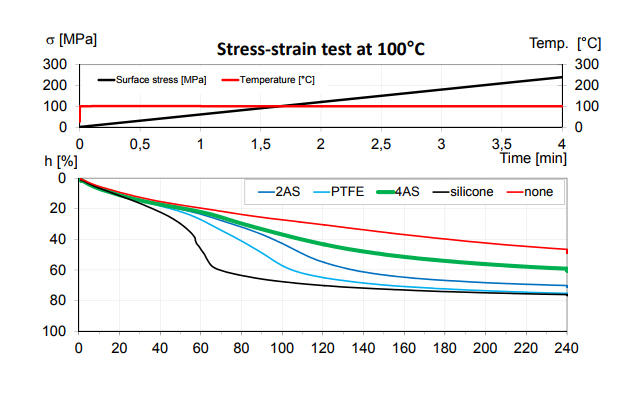
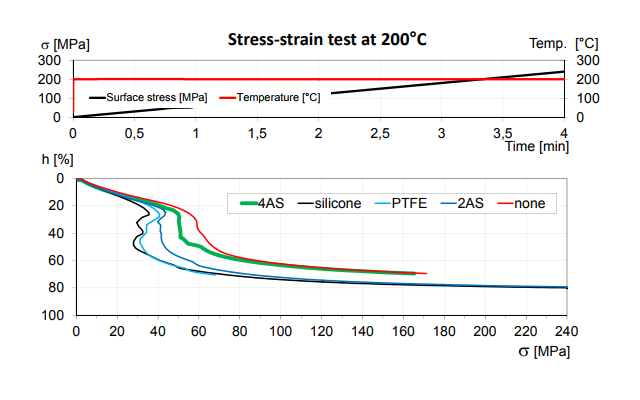
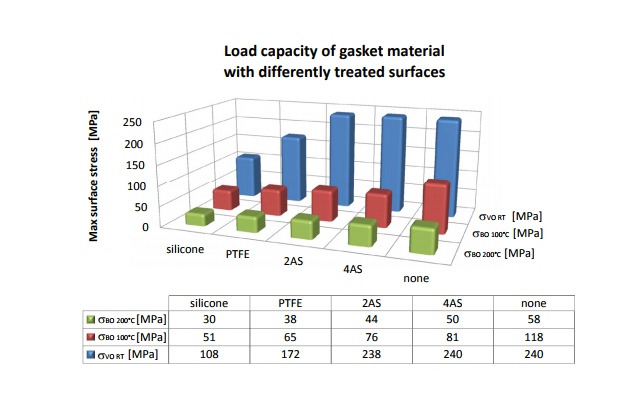
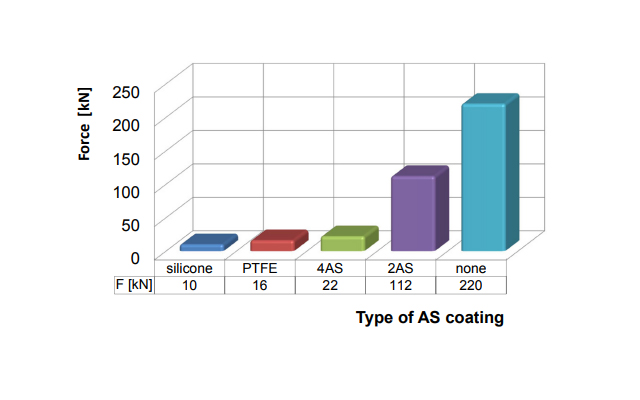
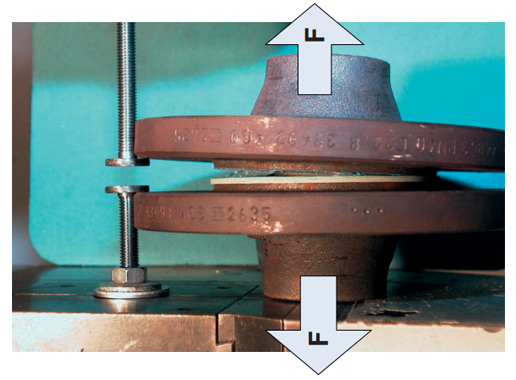
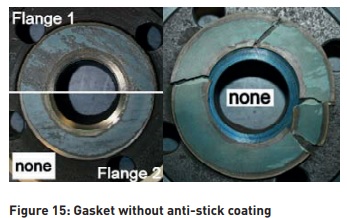
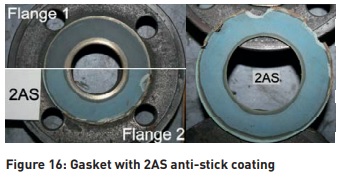
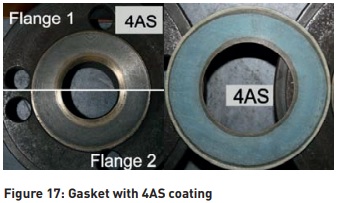
![Durlon Chemap® filters solve filtration tasks in a simpleand economic way [Case Study]](https://test.empoweringpumps.com/wp-content/uploads/2022/12/Durlon-Chemap®-filters-solve-filtration-tasks-in-a-simpleand-economic-way-Case-Study-7-380x199.png)
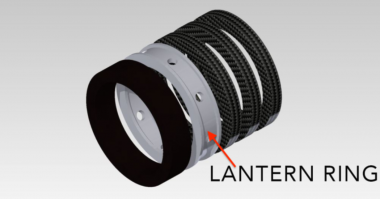
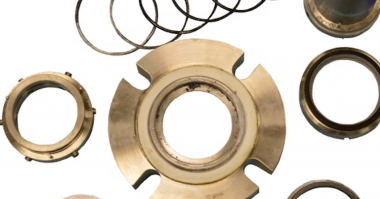
Comments